Organoids have rapidly become revolutionary tools in biomedical research, transforming approaches to drug discovery and disease modeling. These three-dimensional cell culture models have the remarkable ability to simulate the structure and functional characteristics of human organs and tissues.
Their capacity to recapitulate in vivo conditions has garnered considerable attention from regulatory bodies such as the FDA, which recently approved organoids and other alternative models for drug testing, reducing reliance on animal testing.
Organoids represent a paradigm shift in in vitro modeling, affording researchers a much more physiologically relevant system than traditional two-dimensional cell cultures.
Organoids are derived from stem cells or primary cells. These are specifically cultured to form complex structures that closely resemble their in vivo counterparts. Their intricate nature makes organoids indispensable in the study of organ function, organ development, and disease progression.
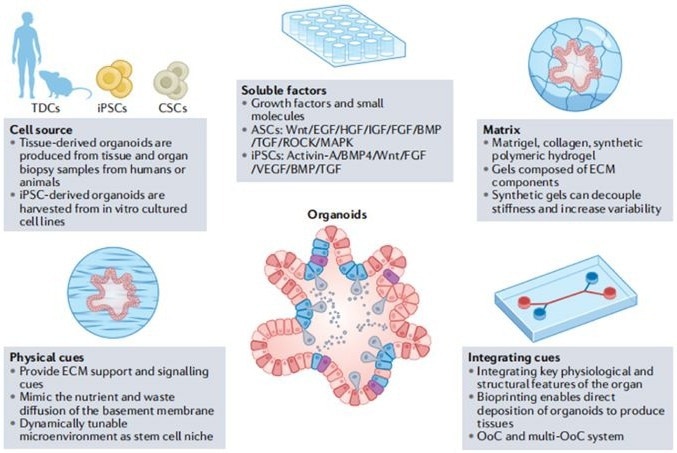
Figure 1. Components of organoid engineering. Nat Rev Methods Primers 2, 94 (2022). Image Credit: ACROBiosystems
Diverse applications and advantages
The potential application of organoids spans a number of critical biomedical research areas:
Disease modeling and genetic studies: As it is possible to cultivate organoids from cells exhibiting specific genetic mutations or disease traits, researchers will be able to get a better understanding of complex diseases such as cancer and genetic disorders, as well as the impact of genetic alterations on disease progression and treatment response.
Drug discovery and development: Organoids are three-dimensional models that closely resemble human organs, meaning that they offer researchers a more physiologically relevant environment for testing drug efficacy, toxicity, and mechanisms of action. This physiological relevance is also essential in streamlining the identification of potential treatments.
Personalized medicine: It is possible to use patient-derived organoids to examine the efficacy of various drugs, specifically tailoring treatments to individual genetic backgrounds and disease profiles. This more personalized approach helps improve treatment effectiveness while minimizing unwanted side effects.
The role of cytokines in organoid culturing
To successfully cultivate organoids, a range of essential components must be used; for example, cells, matrix, physical cues, and soluble factors.
Three of the most commonly used growth factors are outlined below, all of which are used in culturing hepatic, lung, gastric, intestinal, prostate gland, and mammary organoids.
R-spondin 1
The secreted protein R-spondin 1 (RSPO1) is the ligand for Lgr5, a leucine-rich repeat-containing G protein-coupled receptor that is a marker for adult stem cells.
Lgr5 expression has been found to positively correlate with stem cell self-renewal and the capacity for organoid expansion.
By binding and activating the Lgr5 receptor, RSPO1 is able to activate the canonical Wnt/β-catenin signaling cascade. This is an important pathway that governs stem cell proliferation, self-renewal, and the preservation of an undifferentiated state in gastrointestinal cell populations and tissues.
RSPO1 is also a potent agonist of Wnt signaling, meaning that this plays a central role in the development and long-term expansion of organoid cultures derived from intestinal, mammary, and hepatic tissues.
Its capacity to augment Wnt/β-catenin activity is also important in the self-renewal and maintenance of stem and progenitor cell compartments within these particular organoid models.
Noggin
Noggin is an endogenous inhibitor of BMPs and remains essential in the modulation of cell differentiation, proliferation, and apoptosis. Noggin is also a fundamental factor that is vital for organoid culture.
Noggin is capable of binding to a range of BMPs, including BMP4 and BMP7, limiting the inhibitory activity of PTEN on β-catenin and coordinating Wnt signaling to activate stem cells.
Studies have shown that the long-term culture of rat liver organoids necessitates consistently high levels of Wnt signaling and the ongoing suppression of BMP signaling.
Studies have also shown that in the absence of Wnt or Noggin, the expression of the Lgr5 stem cell marker is downregulated, signifying that Lgr5 expression is reliant on Wnt activation and BMP inhibition.
BMP signaling also has the potential to directly influence the expression of stemness genes such as Lgr5, impacting organoid proliferation and affecting stemness maintenance. It is also important to note that Noggin encourages organoid expansion by inhibiting BMP signaling.
Epidermal Growth Factor (EGF)
EGF is essential for the culture of organoids derived from a number of tissues, including the liver, thyroid, gastrointestinal tract, and brain. EGF induces proliferative signaling cascades by binding to its receptor, EGFR, supporting self-renewal and expansion of the adult stem cell populations present within organoids.
Research has revealed that inhibiting EGFR signaling pharmacologically or by EGF depletion has the potential to considerably impair organoid proliferation, as well as induce cellular quiescence and differentiation.
EGF’s mitogenic activity is vital for the maintenance of long-term organoid growth. It is also key to preserving the undifferentiated stem and progenitor cell compartments, as well as for recapitulating native organs’ complex cellular dynamics and architecture.
EGF signaling is also key to regulating differentiation, migration, and survival - essential contributors to the structure and functionality of organoid models.
ACROBiosystems’ Growth Factors and cytokines for organoid research
ACROBiosystems offers a series of premium growth factors to support organoid three-dimensional cell culture research. These growth factors offer consistently high purity, high bioactivity, and ultra-low endotoxin levels.
EGF, Noggin, R-Spondin 1, FGF10, FGF2, Activin A, and other growth factors are available, all of which have been validated through real organoid growth assays.
This diverse growth factor portfolio allows researchers to establish and optimize a range of organoid cultures, enabling ground-breaking studies in disease modeling, developmental biology, and regenerative medicine.
Verified by multiple organoid cultures
Gastric organoid
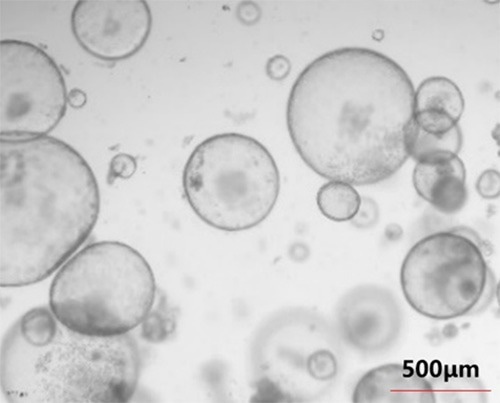
Figure 2. Human EGF (Cat. No. EGF-H52H3), Noggin (Cat. No. NON-H5257), R-spondin1 (Cat. No. RS6-H4220), FGF10 (Cat. No. FG0-H5145) actively support gastric organoid growth during multiple passages and long-term culture processes. Image Credit: ACROBiosystems
Intestinal organoid
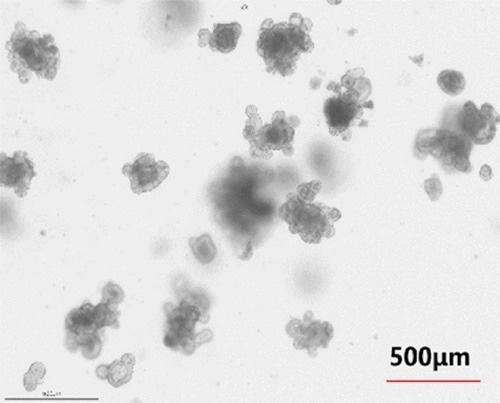
Figure 3. Human EGF (Cat. No. EGF-H52H3), Noggin (Cat. No. NON-H5257), R-spondin1 (Cat. No. RS6-H4220) perfectly maintain intestinal organoid growth during multiple passages and long-term culture processes. Image Credit: ACROBiosystems
Colonic organoid
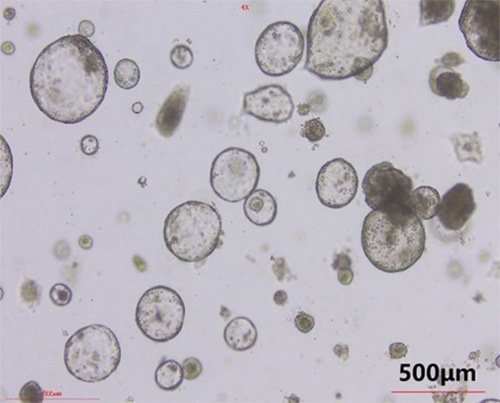
Figure 4. EGF (Cat. No. EGF-H52H3), Noggin (Cat. No. NON-H5257), R-spondin1 (Cat. No. RS6-H4220), maintain colonic organoid growth well during multiple passages and long-term culture processes. Image Credit: ACROBiosystems
Organoid cell viability

Figure 5. Human EGF (Cat. No. EGF-H52H3), Noggin ( Cat. No. NON-H5257), R-spondin1 (Cat. No. RS6-H4220), developed by ACROBiosystems perfectly support multiple organoids growth. The cell viability measured by ATP is better than that of competitors. Image Credit: ACROBiosystems
High bioactivity
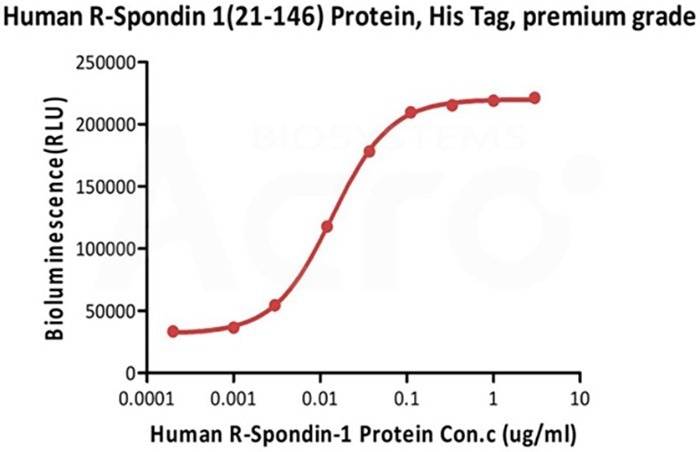
Figure 6. Human R-Spondin 1 (21-146), His Tag, premium grade (Cat. No. RS6-H4220) induced TCF reporter activity in HEK293 cells. The EC50 for this effect is 0.0138-0.0163 µg/mL (Routinely tested). Image Credit: ACROBiosystems
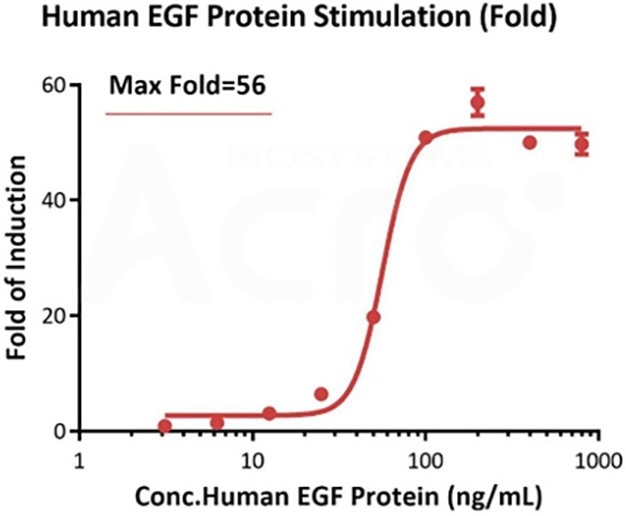
Figure 7. The EGFR (Luc) HEK293 Reporter Cell was stimulated with serial dilutions of Human EGF Protein, His Tag, premium grade ( Cat. No. EGF-H52H3). The max induction fold was approximately 56 (Routinely tested). Image Credit: ACROBiosystems
Acknowledgments
Produced from materials originally authored by ACROBiosystems.
About ACROBiosystems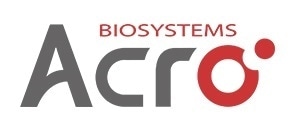
ACROBiosystems is a cornerstone enterprise of the pharmaceutical and biotechnology industries. Their mission is to help overcome challenges with innovative tools and solutions from discovery to the clinic. They supply life science tools designed to be used in discovery research and scalable to the clinical phase and beyond. By consistently adapting to new regulatory challenges and guidelines, ACROBiosystems delivers solutions, whether it comes through recombinant proteins, antibodies, assay kits, GMP-grade reagents, or custom services. ACROBiosystems empower scientists and engineers dedicated towards innovation to simplify and accelerate the development of new, better, and more affordable medicine.
Sponsored Content Policy: News-Medical.net publishes articles and related content that may be derived from sources where we have existing commercial relationships, provided such content adds value to the core editorial ethos of News-Medical.Net which is to educate and inform site visitors interested in medical research, science, medical devices and treatments.